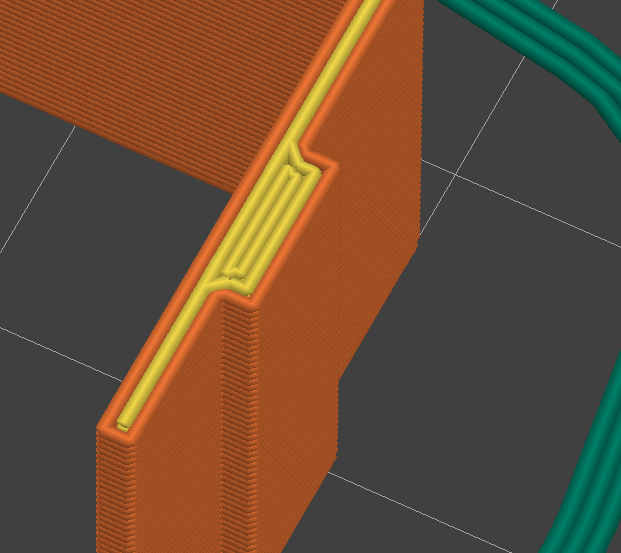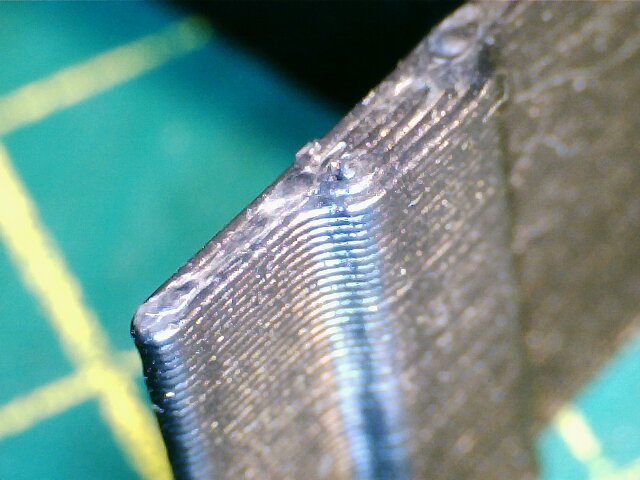3DPrinting
3DPrinting is a place where makers of all skill levels and walks of life can learn about and discuss 3D printing and development of 3D printed parts and devices.
The r/functionalprint community is now located at: or [email protected]
There are CAD communities available at: [email protected] or [email protected]
Rules
-
No bigotry - including racism, sexism, ableism, homophobia, transphobia, or xenophobia. Code of Conduct.
-
Be respectful, especially when disagreeing. Everyone should feel welcome here.
-
No porn (NSFW prints are acceptable but must be marked NSFW)
-
No Ads / Spamming / Guerrilla Marketing
-
Do not create links to reddit
-
If you see an issue please flag it
-
No guns
-
No injury gore posts
If you need an easy way to host pictures, https://catbox.moe may be an option. Be ethical about what you post and donate if you are able or use this a lot. It is just an individual hosting content, not a company. The image embedding syntax for Lemmy is 
Moderation policy: Light, mostly invisible
view the rest of the comments


I've only used prusa slicer, which is what it looks like OP is using, and it results in printing perimeters first, then inside.
Ah interesting. On Cura you can change whether you do the perimeter or infill last, but I always found doing the perimeter last creates smother detail. Makes me wonder why Prusa decided to go the other direction, but I guess whatever works...
Prusa has that option too. It does perimeter last by default because that's safer when you have overhangs. It gives the external perimeter something more to stick too and not sag. In extreme cases it can even lead to printing disconnected overhangs first like the inner perimeter of a vertical screw hole which just weld to your support and make a mess.
External perimeter first does provide more detail though (specifically dimensional accuracy in the prusa help) and can avoid some artifacts so if it's safe for your part it's nice.